Lightning protection
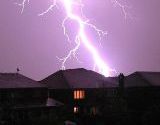 Lightning protection is a rather important point in the electrical circuit of the house. If in a residential building this is done by an organization serving the electricity network, then in a private housing stock you often have to take everything into your own hands. But before we begin our story, we will try to consider in a very brief form what lightning is and what it is. Lightning is a natural discharge of electricity.
Lightning protection is a rather important point in the electrical circuit of the house. If in a residential building this is done by an organization serving the electricity network, then in a private housing stock you often have to take everything into your own hands. But before we begin our story, we will try to consider in a very brief form what lightning is and what it is. Lightning is a natural discharge of electricity.
Lightning conditions.
1. Powerful vertical movements of air masses.
2. Sufficiently moist air.
3. Large vertical temperature gradient.
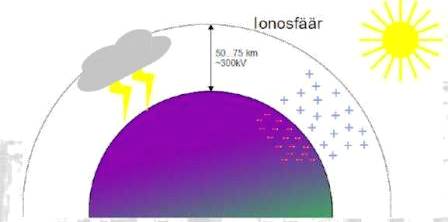
Classification of lightning.
Through the development channel.
1. Downward Lightning.
2. Zippers directed to the apex.
By the nature of the fee.
1. Negative Lightning (90%).
2. Positive Lightning (10%).
Lightning consists of one or more strikes.
1. Short lightning strike up to 2ms.
2. Long lightning more than 2ms.
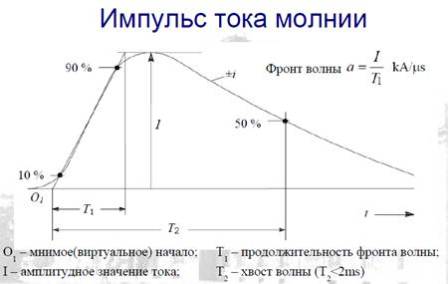
So our introduction is over, since you already noticed that we really tried in a very short form to remind you about the baggage of school knowledge. Well, now let's go directly to our story today.
Lightning protection.
Lightning protection can be internal or external.If you look at the depth of the matter, how could two security chains, working in tandem with each other, be able to almost 100% protect your home.
External protection.
First of all, it is a lightning rod, which is always installed at the highest point of the house, connected by a wire to your grounding system.
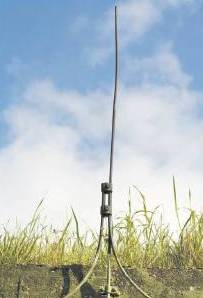
The task of the external lightning protection system is to catch a fraction of a second before direct contact Lightning and send it through down wires to the ground.
The lightning rod that is installed on the roof is usually of two types.
1. High metal pin.
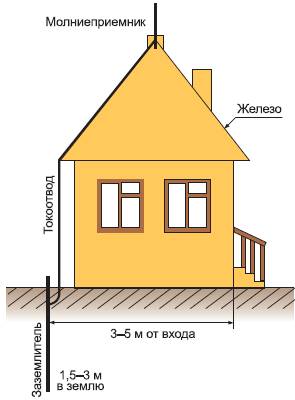
2. A cable stretched across the entire length of the roof.
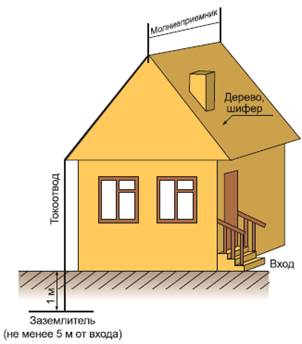
There is another option, and it consists in laying on the roof of your house a metal mesh welded from reinforcement with a cross section of 8 — 10 sq. Mm and with a step of the cell, usually 2 — 6 m .
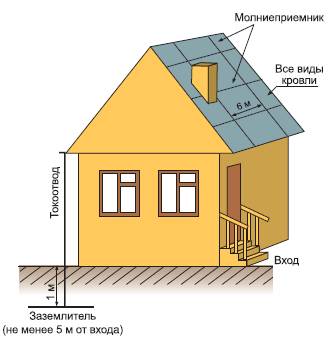
But in principle, there is no particular difference between all these methods of lightning protection. Everyone has one task - to catch the lightning.
The cross-section of the air terminal should be at least 12 sq. Mm, but it is better, of course, that your air terminal has a margin of the cross-section. When installing the pin, you should always remember that it should rise above the highest point of the roof by at least 30 cm, the same applies to the cable receiver.
One more point should be remembered here. The area protected by the lightning rod is approximately equal to its height. That is, at a height above the ground, for example, 8 m, it will protect the territory of a circle with a radius of 8 meters from lightning strikes. And below we tried to give you an example of a number of schematic drawings of lightning rods and the areas they can protect.
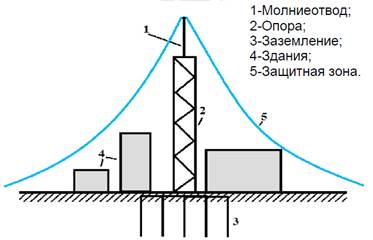
Picture 1.
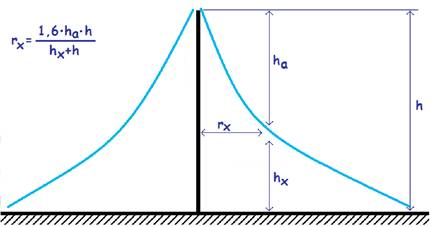
Figure 2.
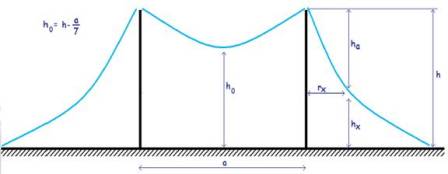
Figure 3.
It is better to take the wire through which the lightning energy will go to the grounding system of the electrode with a steel cross section of at least 10 sq. Mm or copper with a cross section of at least 6 sq. Mm. Here it is the case where the thicker the better. The conductor is connected to the receiver by welding or bolts. The conductor must not pass closer than 30 cm past metal elements.
Internal protection.
This type of protection is provided by special devices that are usually added to the circuit of the house panel and VU (input device). The essence of these special devices is as follows — suppose that lightning does not enter the house, but during a thunderstorm, surges often occur. This is due to the fact that the electromagnetic field during a lightning strike can create impulse currents in wiring and all types of devices.
The discharge doesn't have to hit the house - it can happen from a distance. But if lightning does strike the house, then at best the lightning rod will release the voltage to the grounding electrode, but at worst the discharge will hit the mains of your home.
Even when the lightning energy passes through the lightning rod, the current generated in the wiring can damage sensitive equipment. Well, with direct exposure, it's better not to imagine what might happen. And here we would like to present to your attention a rather interesting table - the ways of propagation of high-voltage atmospheric discharges.
Table 1. High voltage atmospheric discharge. Distribution methods.
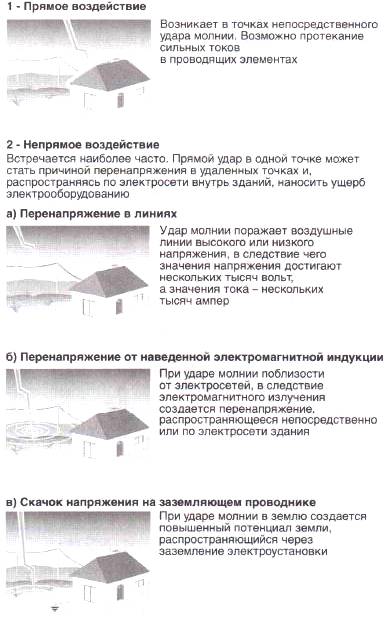
To prevent all this from happening, there are special devices - limiters.
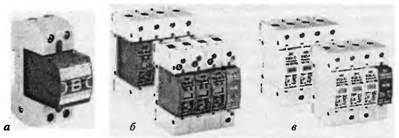
Figure 4.
A. Restrictor of category B.
B. Limiter of category B + C.
B. Category C limiter.
There is also a Category D restraint. It looks exactly the same as the restraints we presented in this image. As you can see, these devices resemble conventional circuit breakers in appearance, only without a trip lever. All you need to know about surge protectors (SPDs) is that they are installed between phase and ground or neutral and ground. The purpose of arresters is to neutralize the surge impulse.
In practice, three types of limiters are mainly used — B, C, D.
1. Class B — these restraints are installed during shield travel. They are designed to protect against extremely high voltage or, in other words, a direct lightning strike.
2. Class C — the devices are installed according to the scheme after the arrester of class B and serve as protection against induced currents.
3. Class D — found when there are particularly sensitive devices in your home.
All three types should always be used, as they have different sensitivity thresholds and are set according to the scheme one after the other. Surge arresters are designed for both single-phase and three-phase networks.
Several schemes for connecting the limiters:
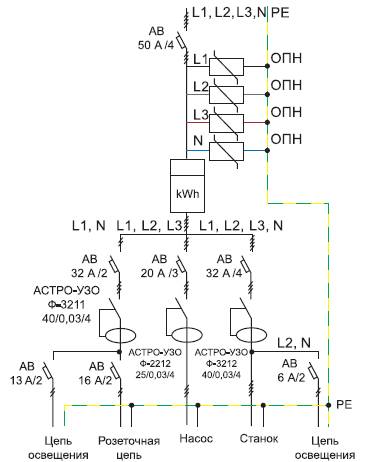
Diagram 1. Limiting connections that are located between the input circuit breaker and the grounding conductor, three-phase network.
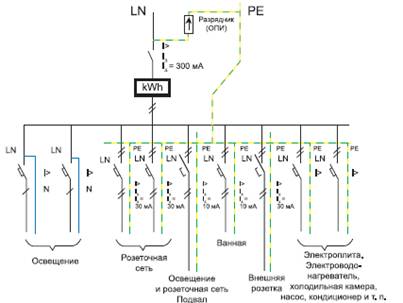
Scheme 2. Connection of surge arresters, which are located between the input circuit breaker and the ground wire, single-phase network.
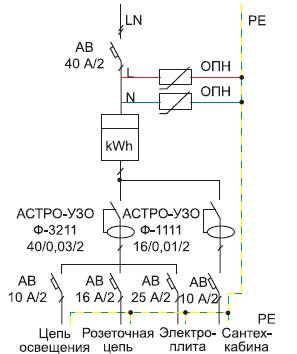
Scheme 3. Connection of a surge arrester with a single-phase circuit.
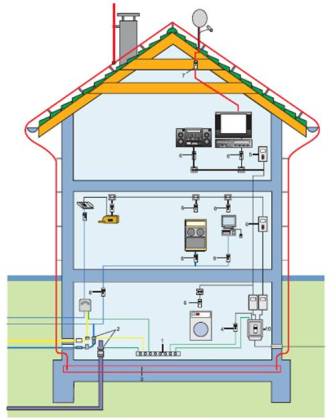

Figure 5.Application of voltage limiters of different classes to protect the equipment located in the house.
Images of some surge arresters or SPD (surge protection device) of the Legrand line, as well as their connection diagrams:

Connection diagrams:
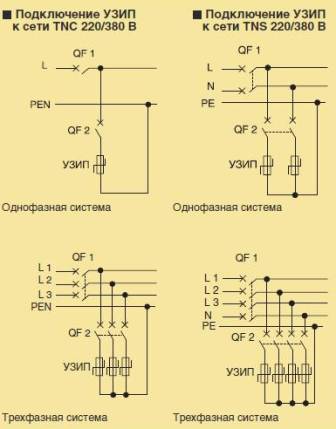
Note. Remember that all diagrams are given as examples. Everything can be changed when using a different type of equipment.
Finally, we would like to give you a probably boring tip. Don't skimp on protecting your home. And buy all hardware from trusted sellers. And then no lightning will be terrible for you or your home.
Andrey Grekovich
